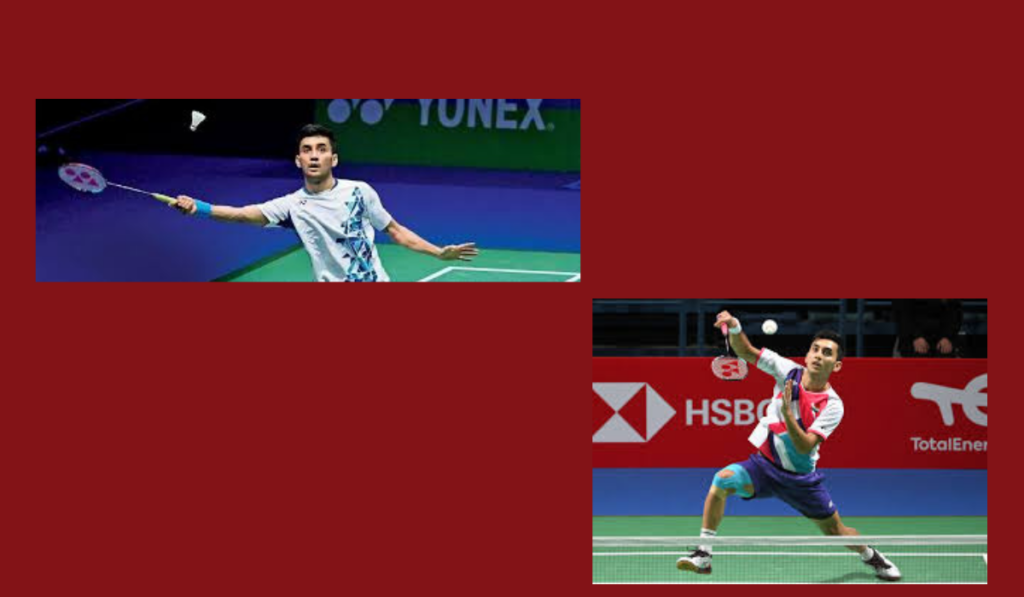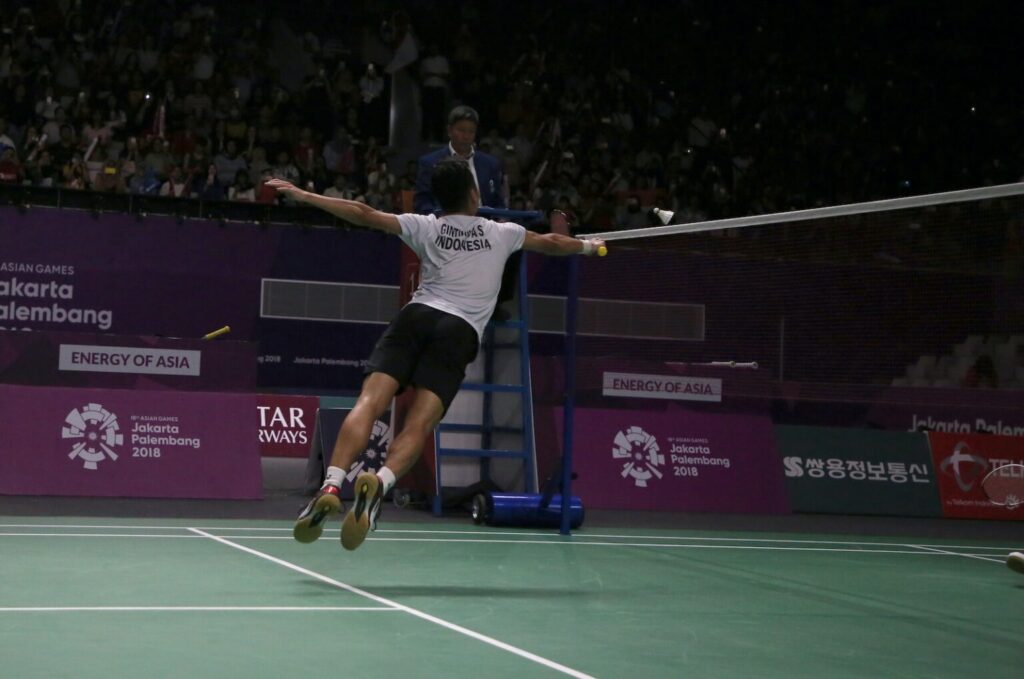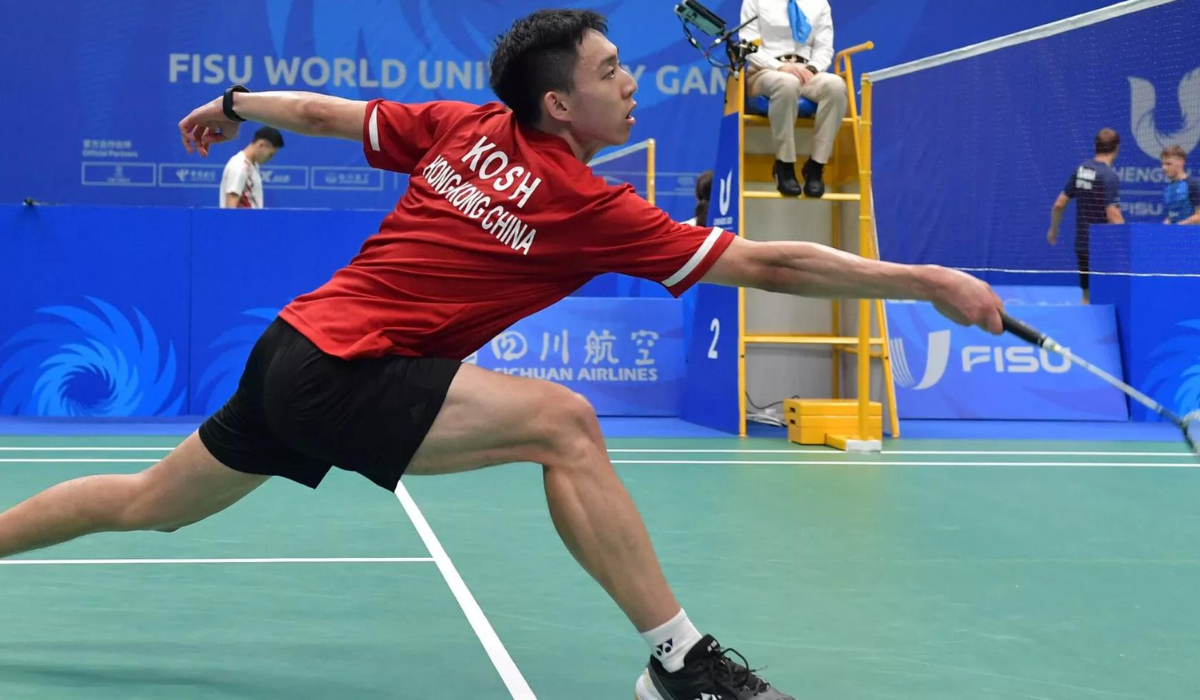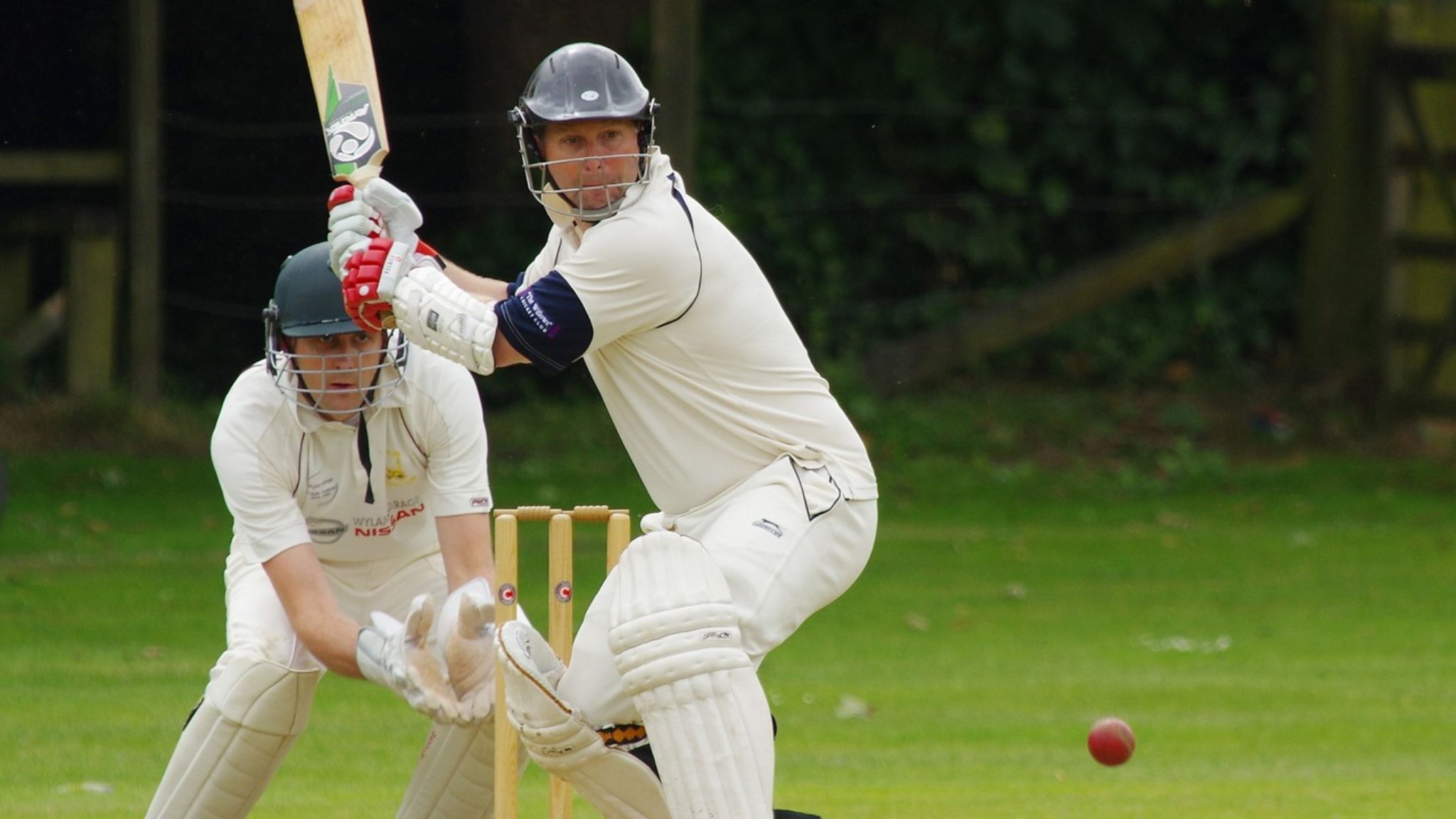Badminton is a sport that combines speed, agility, precision, and strategic thinking. To consistently win matches, players need more than just physical prowess; they need well-thought-out strategies and mental toughness. In this article, we will explore the most effective strategies to improve your winning chances in badminton.
Table of Contents
Mastering the Basics
1. Perfect Your Footwork
Good footwork is the foundation of effective badminton play. It allows you to reach the shuttle quickly and maintain balance during rallies.
- Split Step: Use the split step before moving to ensure you are ready for any direction.
- Lunges: Practice lunging correctly to reach low shots and maintain stability.
- Shadow Drills: Mimic game movements without the shuttle to improve agility and speed.
2. Develop Strong Strokes
Your ability to execute various strokes with precision can significantly impact the game.
- Overhead Clear: Master this shot to push your opponent to the back of the court.
- Drop Shots: Use these to bring your opponent forward and create opportunities for smashes.
- Smash: Develop a powerful smash to finish points quickly.
Advanced Strategies

1. Vary Your Shots
Mastering advanced badminton strategies to vary your shots can give you a significant edge over your opponents. By keeping them guessing and unable to predict your next move, you can maintain control of the game and increase your chances of winning. Here are some sophisticated techniques to add variety to your shots and elevate your game.
1. Deceptive Shots
Deceptive shots are designed to mislead your opponent about the direction, speed, or type of shot you’re about to execute.
- Fake Smash: Begin the motion for a powerful smash but at the last moment, turn it into a drop shot. This can catch your opponent off guard, especially if they are positioned far back in anticipation of a smash.
- Wrist Flicks: Use subtle wrist movements to change the direction of the shuttlecock at the last second. This is particularly effective at the net, where small movements can make a big difference.
2. Slice and Reverse Slice Shots
Slice shots change the shuttle’s trajectory and speed, making it harder for your opponent to return accurately.
- Forehand Slice: Execute a forehand shot with a slicing motion to create a slower, spinning shuttle that falls quickly near the net.
- Reverse Slice: This shot uses a backhand slicing motion, creating an unexpected shuttle trajectory that can surprise your opponent.
3. Double Action Shots
Double action shots involve showing one type of shot but executing another.
- Drop to Lift: Start with the preparation for a drop shot but change to a lift shot at the last moment, sending the shuttle high and deep into your opponent’s court.
- Drive to Clear: Show the stance and preparation for a fast drive but execute a clear shot instead, pushing your opponent to the backcourt unexpectedly.
4. Net Play Variations
Net play requires finesse and precision, and varying your shots at the net can create scoring opportunities.
- Spinning Net Shot: Use a brushing motion to add spin to the shuttle as it crosses the net, making it difficult for your opponent to control the return.
- Net Kill: When your opponent returns a weak net shot, be ready to execute a quick, sharp kill shot to end the rally immediately.
5. Cross-Court Shots
Cross-court shots create sharp angles that force your opponent to cover more ground.
- Cross-Court Smashes: Aim your smashes diagonally to the opposite side of the court, making it harder for your opponent to reach and return the shot.
- Cross-Court Drops: Use cross-court drops to move your opponent laterally, opening up the court for your next shot.
6. Backhand Variations
Improving your backhand shots can add versatility to your game, allowing you to respond effectively to shots on your weaker side.
- Backhand Clear: Execute powerful backhand clears to push your opponent to the back of the court, giving you time to regain a strong position.
- Backhand Drive: Use a quick, flat backhand drive to surprise your opponent and keep the rally fast-paced.
2. Control the Pace
Managing the pace of the game can put you in a dominant position.
Change of Pace
Changing the pace of your shots can disrupt your opponent’s rhythm and force them to make errors.
- Fast Drives and Slow Drops: Alternate between fast drives that push your opponent back and slow drops that draw them forward, creating opportunities to exploit open spaces.
- High Clears and Quick Smashes: Use high clears to slow the game down and regain your position, followed by quick smashes to capitalize on openings.
3. Exploit Weaknesses
Identify and target your opponent’s weaknesses to gain an upper hand.
- Backhand Side: Many players have a weaker backhand. Target this area with your shots.
- Fitness Levels: If your opponent appears tired, increase the pace to exploit their fatigue.
4. Tactical Shot Combinations
- Combining different shots in strategic sequences can keep your opponent off balance.
- Clear-Drop-Smash: Start with a high clear to push your opponent back, follow with a drop shot to bring them forward, and finish with a smash to take advantage of their off-balance position.
- Drive-Drop-Clear: Use a fast drive to initiate the rally, follow with a delicate drop shot, and then a high clear to reset and control the pace.
Mental and Tactical Approaches
1. Stay Composed Under Pressure

Maintaining composure is critical, especially during crucial points.
- Breathing Techniques: Practice deep breathing to stay calm and focused.
- Positive Self-Talk: Use encouraging phrases to keep your mindset positive.
2. Anticipate Your Opponent’s Moves
Reading your opponent’s game can give you a significant advantage.
- Observe Patterns: Notice your opponent’s tendencies and preferred shots.
- Positioning: Anticipate their shots and position yourself accordingly to return them effectively.
3. Utilize Court Positioning
Effective use of the court can dictate the flow of the game.
- Front and Back Coverage: Work with your partner (in doubles) to cover the court efficiently.
- Net Dominance: Control the net area to put pressure on your opponent and create attacking opportunities.
Physical Conditioning
1. Build Endurance
High endurance levels enable you to maintain peak performance throughout the match.
- Cardio Exercises: Incorporate running, cycling, or swimming into your training routine.
- Interval Training: Perform high-intensity interval training (HIIT) to boost cardiovascular fitness.
2. Strength and Flexibility
Strength and flexibility are crucial for powerful strokes and injury prevention.
- Weight Training: Focus on building strength in your legs, core, and upper body.
- Stretching: Regularly stretch to maintain flexibility and reduce the risk of injuries.
Practicing Smart

1. Structured Training Sessions
Plan your training sessions to focus on specific areas of improvement.
- Technical Drills: Allocate time to practice different strokes and techniques.
- Match Play: Engage in practice matches to simulate real-game scenarios.
2. Consistent Practice
Regular practice is essential for improvement and maintaining a competitive edge.
- Daily Routines: Establish a consistent training schedule.
- Quality Over Quantity: Focus on the quality of practice rather than just the duration.
Analyzing and Learning
1. Review Your Matches
Analyzing your own matches can reveal areas that need improvement.
Video Analysis: Record your matches and review them with your coach to identify mistakes and strengths.
Feedback: Seek feedback from coaches or experienced players.
2. Study Professional Players
Learning from the best can provide valuable insights into advanced strategies.
- Watch Matches: Observe professional matches to understand their tactics and techniques.
- Incorporate Learnings: Apply the strategies and techniques you learn from professionals into your game.
Conclusion
Improving your chances of winning in badminton requires a combination of technical skills, strategic thinking, physical conditioning, and mental toughness. By mastering the basics, employing advanced strategies, and maintaining a rigorous training regime, you can significantly enhance your performance and become a more formidable opponent on the court.











